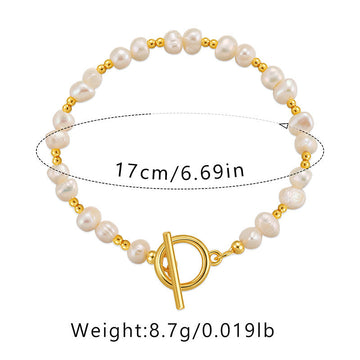Eco-Friendly Cleaning Methods for Stone Bracelets
Stone bracelets, whether crafted from jade, quartz, or other natural materials, require gentle care to maintain their luster and structural integrity. Traditional cleaning methods often rely on harsh chemicals, but environmentally conscious alternatives can achieve similar results without harming ecosystems or the wearer’s health. Below are effective, sustainable techniques for cleaning stone bracelets.
Natural Soap and Warm Water Solution
A mild, pH-neutral soap paired with lukewarm water is a foundational method for cleaning stone jewelry. This approach avoids acidic or abrasive agents that might etch porous stones or damage delicate settings.
- Preparation: Fill a small bowl with lukewarm water and add 2–3 drops of a biodegradable, fragrance-free dish soap. Avoid soaps containing citrus extracts, alcohol, or vinegar, as these can degrade certain stones.
- Soaking: Submerge the bracelet for 5–10 minutes to loosen dirt and oils. For bracelets with intricate designs, gently agitate the water to dislodge debris.
- Scrubbing: Use a soft-bristled toothbrush or a microfiber cloth to clean crevices. Avoid vigorous scrubbing, especially on polished surfaces, to prevent micro-abrasions.
- Rinsing: Rinse thoroughly under running water or with distilled water to prevent mineral deposits. Pat dry with a lint-free cloth.
This method is ideal for most hard stones, including quartz, agate, and onyx. Avoid using hot water, as sudden temperature changes can cause thermal shock in stones like opal or turquoise.
Baking Soda Paste for Stubborn Stains
For bracelets with tarnished metal components or mineral buildup, a baking soda paste offers a gentle abrasive alternative to commercial polishes.
- Paste Preparation: Mix 1 teaspoon of baking soda with a few drops of water to form a thick paste. For added cleaning power, substitute water with lemon juice (avoiding citrus-sensitive stones like pearl or coral).
- Application: Apply the paste to a soft cloth or toothbrush and gently rub the affected areas. Focus on metal clasps, bezels, or discolored stone surfaces.
- Rinsing: Rinse immediately with lukewarm water to prevent residue buildup. Dry with a soft cloth.
Baking soda is effective for removing oxidation from silver or copper settings but should be used sparingly on soft stones like lapis lazuli to avoid scratching.
Olive Oil Polish for Hydration and Shine
Certain stones, such as jade or amber, benefit from occasional oiling to restore moisture and enhance their natural sheen.
- Oil Selection: Choose a food-grade, cold-pressed olive oil or a specialized jewelry oil designed for porous stones. Avoid coconut oil, which may solidify at room temperature.
- Application: Dip a lint-free cloth into the oil and wipe the stone’s surface in a circular motion. Use minimal oil to prevent greasiness.
- Buffing: Allow the oil to penetrate for 10–15 minutes, then buff the stone with a dry cloth to remove excess.
This method is particularly suitable for matte-finished stones or those that have become dull due to dryness. Avoid oiling stones with fractures or inclusions, as oil may seep into cracks and alter their appearance.
Additional Tips for Sustainable Care
- Storage: Store bracelets in a fabric-lined box or pouch to prevent scratches and reduce exposure to dust.
- Avoid Harsh Chemicals: Steer clear of bleach, ammonia, or ultrasonic cleaners, which can damage stones and metals.
- Regular Maintenance: Clean bracelets monthly to prevent dirt accumulation, which can lead to permanent staining.
By adopting these eco-friendly practices, wearers can extend the life of their stone bracelets while minimizing environmental impact. Always test cleaning methods on a small, inconspicuous area first to ensure compatibility with the stone’s composition.







